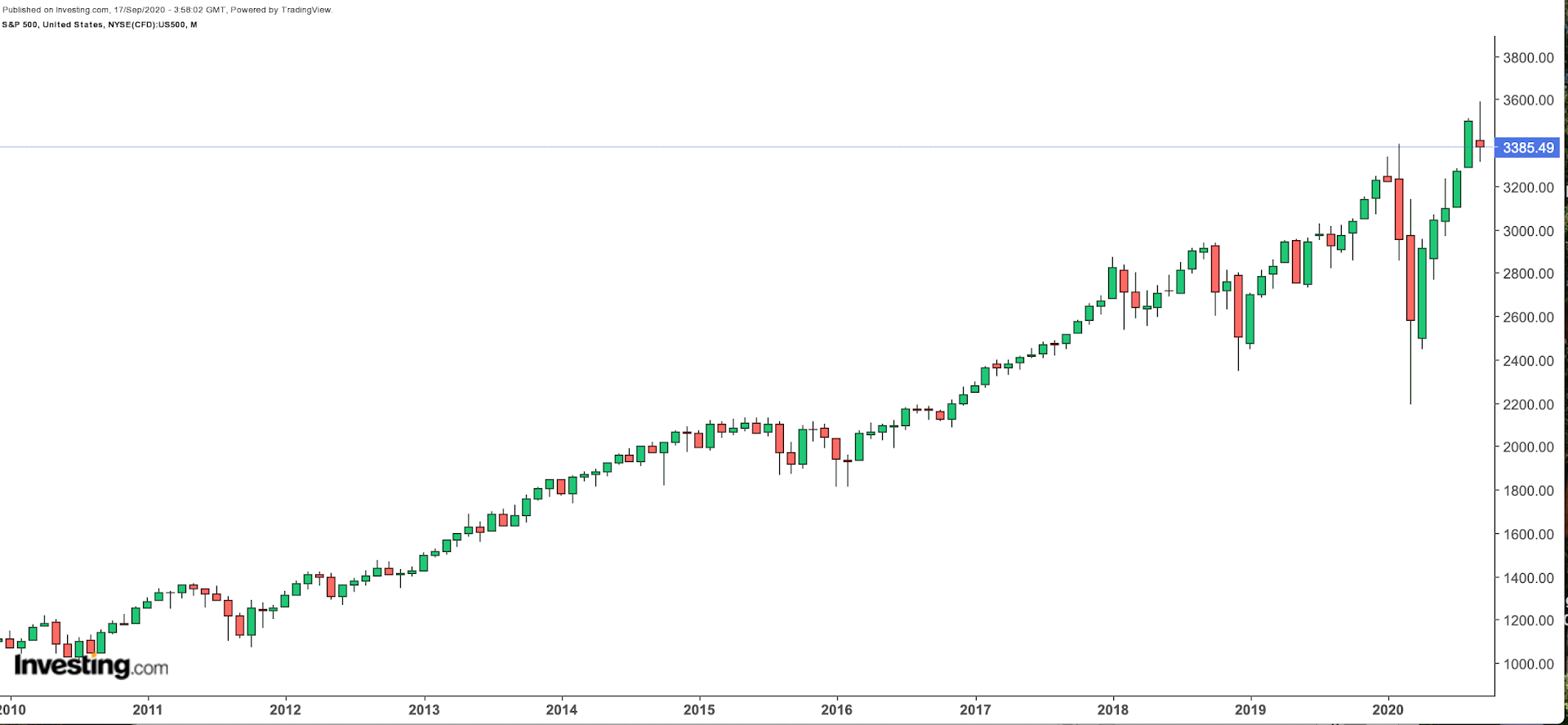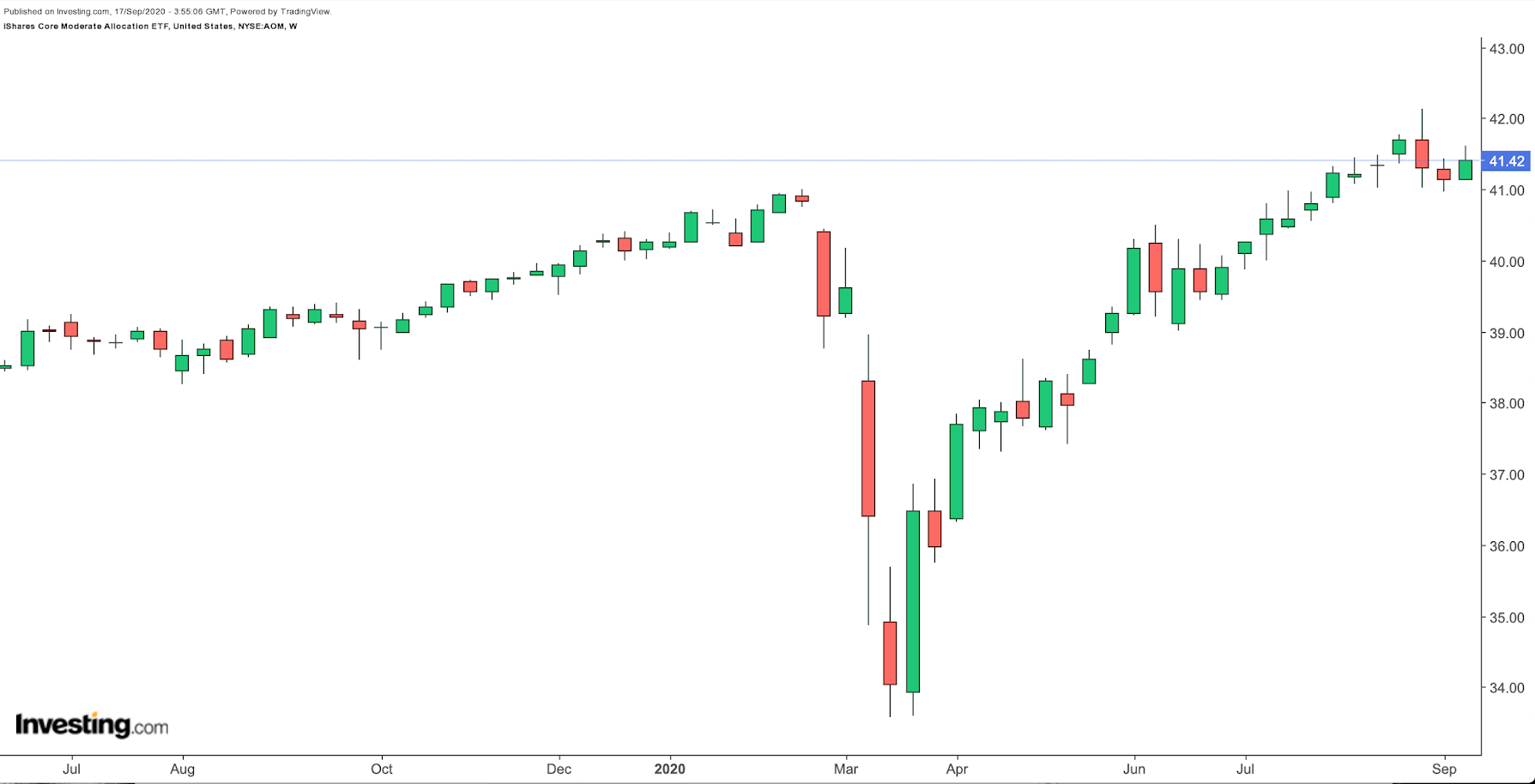In many countries, individuals are increasingly taking on responsibility for securing their own financial well-being in their retirement years. Saving and investing wisely while working makes it possible to fully enjoy the golden years.
Today, we will look at exchange-traded funds (ETFs) that can help readers at different life stages to invest for retirement.
Making A Plan
Many wonder how they’ll be able to afford retirement, leading the type of lifestyle they have become accustomed to. Suggestions for what percentage of one's salary is needed for retirement vary from country to country. In the US 70-80% of the salary earned before retirement is often cited, while in the UK, experts suggest between a half and two-thirds.
While cost of living and spending habits may differ significantly based on geographic location and personal inclination, we will offer scenarios which can be adjusted to readers' specific circumstances.
For example, someone with a salary of $50,000 per year may determine they need around $25,000-$33,000 annually, assuming that they do not have any mortgage or rental payments to make in retirement.
One way to calculate how much savings would be needed, leaving potential Social Security or other private pensions aside, is to multiply the amount needed by the years expected to live in retirement.
Assuming that starting at age 65 an individual will need $30,000 per year and expects to live for another 25 years after retirement, they would need $750,000—a calculation that further assumes that the $750,000 will earn no interest income.
The important takeaway: be realistic about how much money you will actually require.
Saving $750,000 By Age 65
To take maximum advantage of the powerful effect of compound interest, it's important to start saving and investing early.
Examining the S&P 500 index's returns over decades, it's clear the number of positive years far outweighs negative years, with different sources suggesting that annualized returns over longer periods of time stand at around 8%-10% for the benchmark.

Assume we're working with a 35-year-old investor who has only $100 in savings and plans to retire at 65.
If this investor now buys the SPDR S&P 500 ETF (NYSE:SPY), which is based on the index's performance, and makes an additional $7,500 in contributions annually at the start of each year for 30 years, here's the result: using an average annual return of a conservative 7%, compounded once a year, this investor will now have savings of over $758,000 at the end of 30 years.
Saving $7,500 a year would mean putting aside almost $625 a month or about $21 a day. Although the amount may look daunting at first, most people would be surprised at how much they could save if they paid attention to their monthly outgoings.
An ETF For The Golden Years
To date, in addition to SPY, we've discussed a range of ETFs that could potentially provide a 7% (or higher) return for buy-and-hold long-term investors.
They've included funds with an emphasis on semiconductors, biopharma and dividends as a focus on small-caps, consumer staples, Dow 30 heavyweights, tech shares for the new decade and many more.
The bottom line: equity markets offer plenty of choices for devising balanced and diversified portfolios for the long-run.
Below is another ETF that may be appropriate for retirement years, the iShares Core Moderate Allocation ETF (NYSE:AOM).

AOM's objective is to generate current income, achieve some capital preservation and provide an opportunity for moderate to low capital appreciation. It tracks the S&P Target Risk Moderate index, which is composed of a range of US and global equity as well as fixed-income funds.
Net assets of about $1.3 billion are currently held in seven holdings. Sectoral allocations are Fixed Income (54.97%), Equity (44.13%) and the rest is in cash and/or derivative products.
The dividend yield and net expense ratio stand at 2.31% and 0.25%, respectively. Many retirees favor dividend-paying stocks and ETFs in their portfolios, as they could enhance retirement savings.
The fund’s beta of 0.39 indicates it is less volatile than the market, which, by definition, has a beta of 1. Year-to-date, AOM is up 3.39%. We'd consider buying the dips, especially if there is a short-term decline toward the $40-level, or below. Long-term investors, especially retirees, who seek a balanced approach may find AOM an appealing choice.
